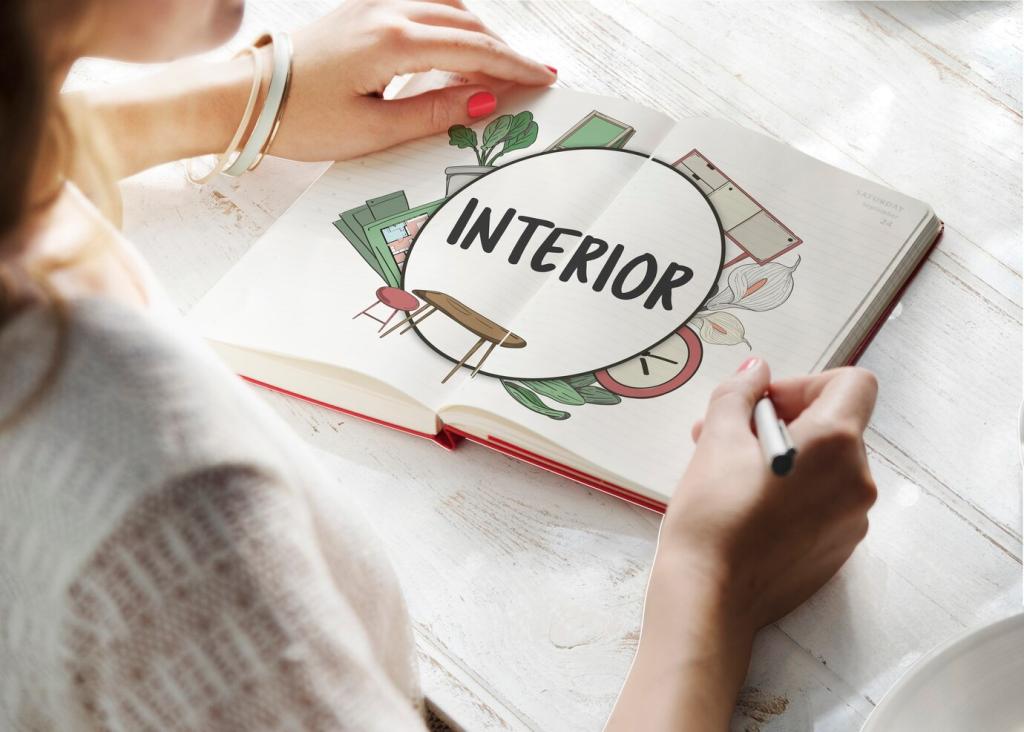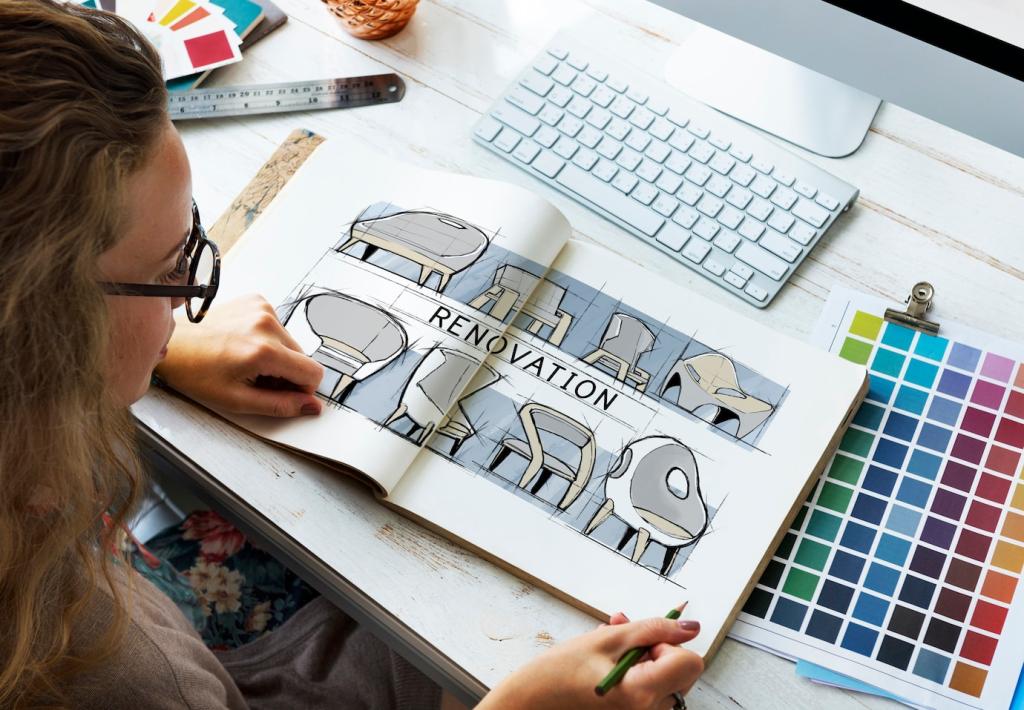Writing Persuasive Home Design Blog Posts: Inspire, Guide, Convert
Chosen theme: Writing Persuasive Home Design Blog Posts. Welcome to your creative hub for turning rooms into stories and readers into loyal subscribers. We’ll blend strategy, style, and sincerity so your design voice feels human, helpful, and irresistibly clickable—stick around, comment often, and subscribe for weekly prompts.

Know Your Design Reader Inside Out
Sketch realistic reader personas: the first‑time renovator on a tight budget, the renter craving character without deposits lost, the growing family desperate for storage. Give each a name, a room they dream about, and a decision they’re stuck on.

Know Your Design Reader Inside Out
List their top frustrations—dim kitchens, awkward hallways, chaotic toy zones—and pair each with a believable design solution and timeline. Your posts should promise outcomes you can demonstrate, like brighter prep zones or calmer entryways, not vague inspiration alone.
Headlines That Earn the Click Without the Gimmicks
Try patterns like Before/After + Outcome, Problem + Small Budget Fix, or Space + Sensation (“A 72‑Square‑Foot Entry That Finally Feels Calm”). Anchor each with a measurable or visual promise, not hype or vague superlatives.
Headlines That Earn the Click Without the Gimmicks
Numbers guide expectations; adjectives evoke mood. “7 Budget Lighting Swaps for Softer Evenings” beats “Lighting Tips.” Avoid clickbait by previewing what’s inside—materials, sources, steps—so the headline and post feel perfectly aligned.


Tell a Room’s Story: Narrative That Sells the Idea
Open on a relatable tension—kitchen shadows swallowing the prep area, a living room that echoes, a nursery that overstimulates at bedtime. The problem primes curiosity and clears space for your design reasoning to matter.


Tell a Room’s Story: Narrative That Sells the Idea
Anchor decisions in daily rituals: where shoes land, how morning light moves, where coffee happens. When readers see a family’s rhythm, the sconce placement, paint sheen, and rug size feel not only stylish but necessary.



Format testimonials and before/afters for clarity
Pair each testimonial with a specific outcome: fewer returns, easier cleaning, better nap times. Label before/after images consistently, and add a one‑sentence caption explaining the key design move that unlocked the result.
Anchor claims with relevant, everyday numbers
Use simple metrics readers value: percentage of storage gained, minutes saved in morning routines, or a modest resale bump after curb‑appeal updates. Keep numbers honest, sourced, and tied to the actual design choices you made.
Borrow authority without borrowing someone else’s voice
Cite building codes, respected designers, or manufacturer specs when they shape decisions. A quick link to a lighting height guideline or paint LRV explanation makes your argument sturdier and your readers more confident to act.

Right after choosing finishes, invite readers to download a palette card. After layout diagrams, offer a printable measuring guide. These timely nudges feel like help, not sales—ask readers to subscribe for instant access.

Offer checklists for paint prep, renter‑safe upgrades, nursery calming cues, or weekend pantry makeovers. Promise a result and deliver it fast. Encourage replies: “Hit reply with your toughest room, and I’ll send a tailored checklist.”

Questions drive comments: “Which corner of your home feels most underused?” or “What lighting mistake have you made twice?” Invite photos in replies or tags—then feature the best in your next post to build community.
Map headings to what readers type—steps, materials, cost, timeline—then tell the story between them. This balance satisfies skimmers and seekers alike while preserving the creative voice that makes your blog memorable.
Structure and SEO That Support Persuasion, Not Replace It
Join our mailing list
